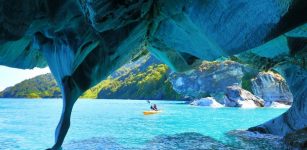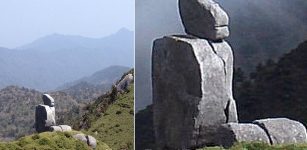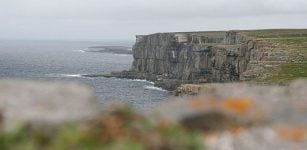Fly Ranch Geyser: Nevada’s Marvellous And Unique Oddity
MessageToEagle.com – One of the planet’s most unique oddities can be admired near the small town Gerlach, located approximately two hours north of Reno in northwestern Nevada.
It’s an amazing man-made geothermal geyser, known as Fly Ranch Geyser. Over the years, dissolved minerals created the mound that water now spews up to five meters from.
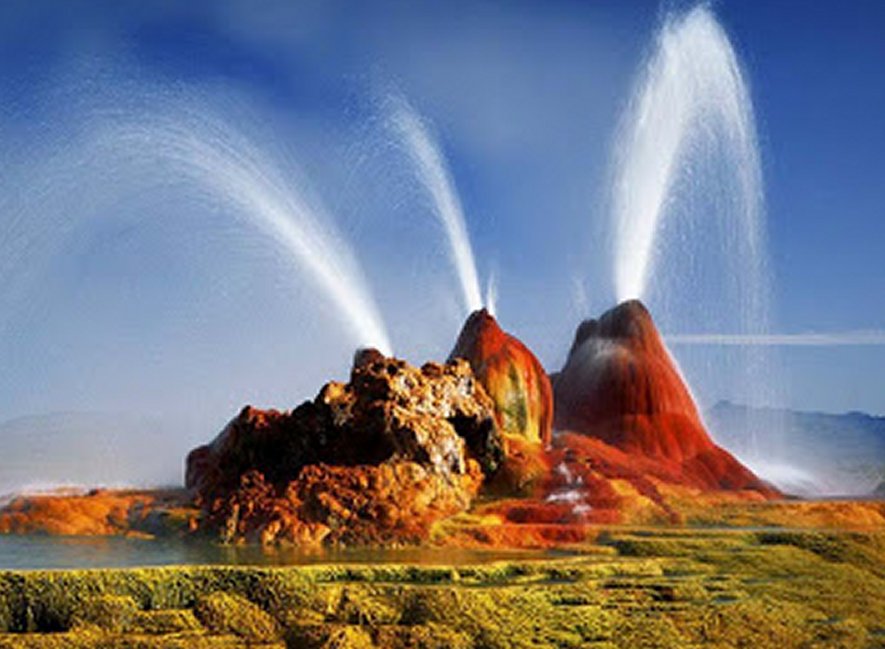
The Fly Geyser is situated on Fly Ranch, a private property, so it’s not open to the public.
It was accidentally created by well drilling conducted in 1964 by a company searching for a geothermal power in the area. The groundwater, however, turned out not to be sufficiently hot to be tapped for geothermal power, it did have a temperature of more than 200 degrees.
According to later sources, the well was either left uncapped or was improperly plugged and the scalding water has erupted from the well since then, leaving calcium carbonate deposits growing at the rate of several inches per year.

Water is constantly released, reaching 5 feet (1.5 m) in the air. The geyser, which is made up of a series of different minerals, contains several terraces discharging water into 30 to 40 pools over an area of 74 acres (30 ha).
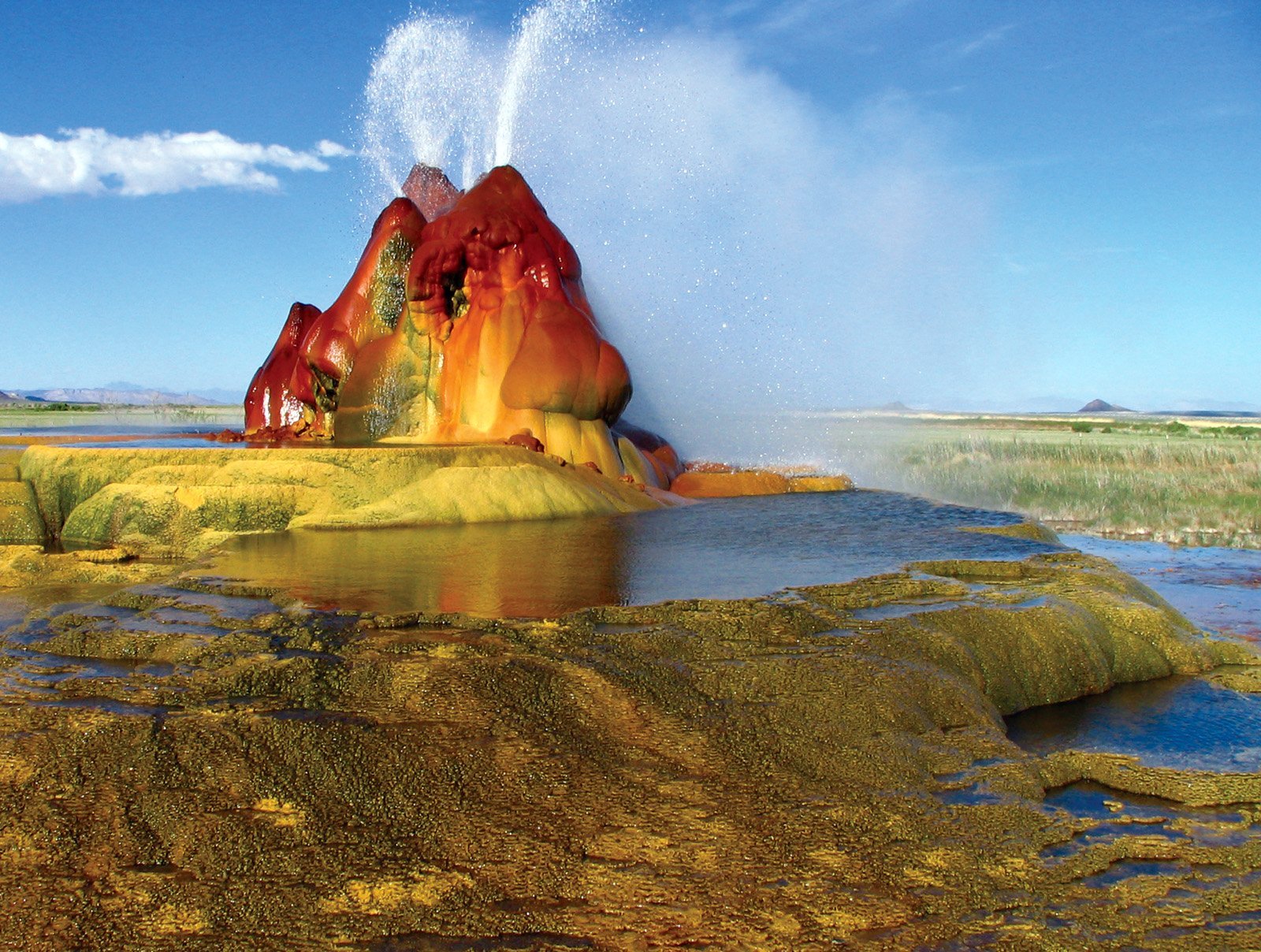
The beautiful red and green colors on the mounds originate from thermophilic algae – microorganisms thriving in the extreme micro-climate of the geysers.
Two additional geysers in the area were created in a similar way and continue to grow. The first geyser is approximately 3 feet (0.91 m) and is shaped like a miniature volcano; the second is cone-shaped and is about 5 feet (1.5 m).
MessageToEagle.com
source: VisitReno Tahoe


